Elements of Hardscapes
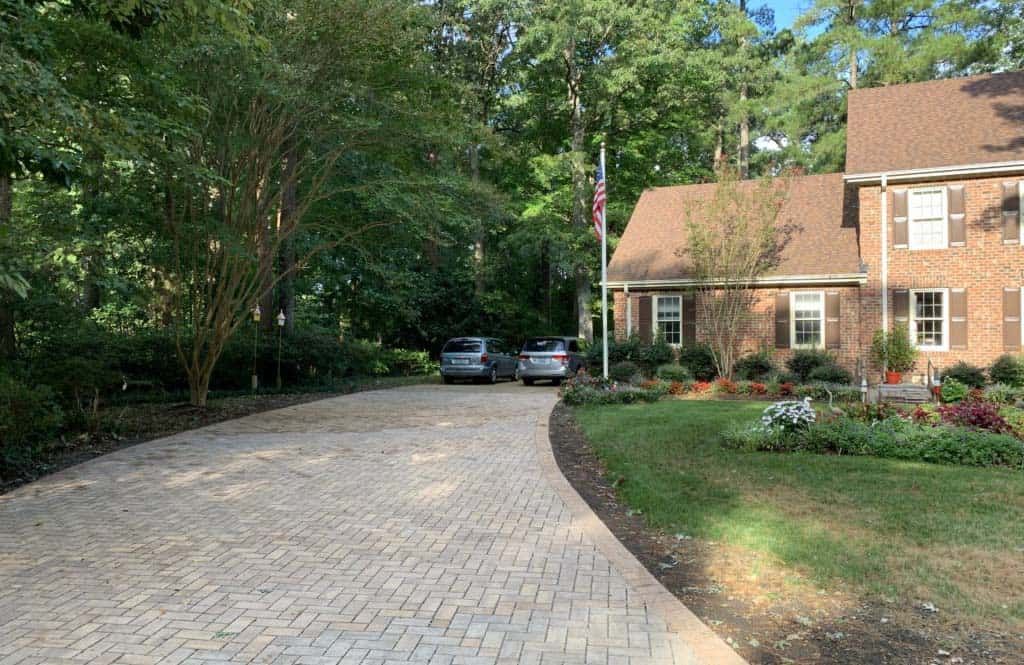
Interactive games such as Home Design Story, Sims, and even a low-bit-rate game like Minecraft, have allowed us to transcend the realistic boundaries of what our creative minds could ever have done in real life.
Mistakes that would have been stressful under normal circumstances are made easier with the digital age’s help. Painting the interior of a room has never been easier with a single click of the mouse, and landscaping your garden has been rendered extremely fun with the array of choices.
Well, real life is the same, and although it’s coupled with the strenuous bit of the process, the scene that greets you, in the end, makes the time valuable. Nevertheless, no one can deny that a garden with its properly placed elements will prove to be a more enjoyable outcome. To achieve this, you need to know your hardscaping elements well.
Hardscaping is one of the two types of landscaping, the other being softscaping. True to its terminology, hardscaping is involved in all the hard components of landscaping. From the patios to the walls, this type is responsible for molding the topography of an area.
Because it is the lesser-known terminology out of the two types, hardscaping’s actual description and function can be taken for granted. However, it should be known that the elements of hardscaping are the ones that are more long-term and require substantial investment compared to the others.
For easier understanding, let us first classify these elements into four categories: Flooring, Walling, Structuring, and Special Feature.
1. Flooring
Elements that belong to this category are those that we walk on and are more exposed to people’s day to day traffic and wear and tear.
Patios, decks, pathways, and driveways are examples of this type. Pathways and driveways are easy to identify by their common names. The first is precisely the path a person walks on from one place of the house to another, most often situated from the gate to the door front. The driveway, similar to the pathway, except it is for vehicles like trucks and cars.
A patio serves as a lounging area for homeowners outside the confines of their own home. It functions as an addition to the house that is outside. Similarly, the deck is constructed in the same way as a floor is. The difference lies in its elevation from the ground. Decks are connected to an existing structure and are raised a bit from the ground.
2. Walls
The most common element here is the retaining wall, as it essentially encompasses the entire category. Retaining walls function as the fence to the softscaping aspects of soil and flora. It will hold back dirt and create elevation changes in the design that improve its layout and function. This type of wall dramatically helps in the safety by increasing people’s privacy, especially in urban areas, though nothing beats the good old group of trees!
3. Structures
Structures are the category made up of what the majority of homeowners would deem to be hardscaping elements. These are the structures that will first draw the eye as it stands out as the most prominent element in the scenery, at least for the most part.
We commonly see sheds, gazebos, and pergolas to arbors, trellis, and fences. And although most of these words are confused by people who aren’t too familiar with them, mainly that some function more or less the same way, there are differences between them.
Sheds capture the function of a gazebo, pergola, or arbors. They are used to store items when not in use. These other three are similar in that they are all open on all sides. However, the distinction lies in the intricacies of their design. Gazebos are fully shielding against the sky, with no direct sunlight nor rain. Pergolas, most akin to gazebos, though are partial in their shade and are most of the time created for sunlight and other weather elements to pass through.
Arbors are closer to pergolas in design but instead tend to function as entryways to the backyard or garden. Picture a fantasy nature film that has archways leading into the unknown areas of the forest. The labyrinthine archways are the arbors.
Other structure elements that are similar to one another are trellis and fences. It should be noted that their similarity only lies in the appearance because, in function, they are very different. A trellis is an open framework structured for plants, such as shrubs or vines to grow into. Whereas fences are planted on soils solely to establish a sense of ownership of space, barring outside elements from trespassing a person’s property. Fencing can also be considered as a wall element.
4. Water Features
This category is unique because although hardscaping elements are commonly hard materials, there can be elements involving the use of water. This is where water features like fountains, spas, and swimming pools come into the picture.
Even if these are liquid in the sense that it involves water, fountains, spas, and swimming pools cannot exist without their hard components. These hard components are what molds the structures while adding to the appeal of the overall look and feel of the scenery.
Ultimately, there are many more elements that may be categorized under a label. Planter boxes, flower pots, bridges, seatings, lightings, and even trivial things like dustbins and signages are all hardscaping elements. They contribute to the overall appearance of a landscape, whether we notice it or not.
The games may be easier to plan out your hardscaping process, but nothing beats the in-real-life experience of taking in the sight that lies before your eyes when it’s all done.
Conclusion
Contact us to get started with your next hardscaping project by calling (757)-359-9172 or using our contact form.

Written By Scott Prunty
Scott Prunty is the president of Solid Structures. Throughout his 15 active years in the Design-Build Outdoor Living industry, he has earned various certifications in the areas of ICPI Residential, ICPI Advanced Residential, ICPI Commercial, PCIP, and is an ICPI certified instructor.
- 15 years actively in the Design-Build Outdoor Living industry
- ICPI certified Instructor
- ICPI Residential, ICPI Advanced Residential, ICPI Commercial, and PCIP certified
- Imagine Pools certified installer
- Fluidra certified installer
- Trex Platinum Pro
- Avid saltwater person, boating, diving, surfing, fishing
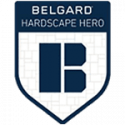
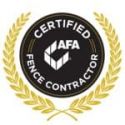

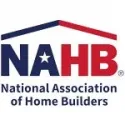

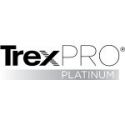
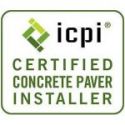

Outdoor Living Redefined. Solid Structures offers full service design build capabilities all under one roof.
179 S Birdneck Rd
Virginia Beach, VA 23451


